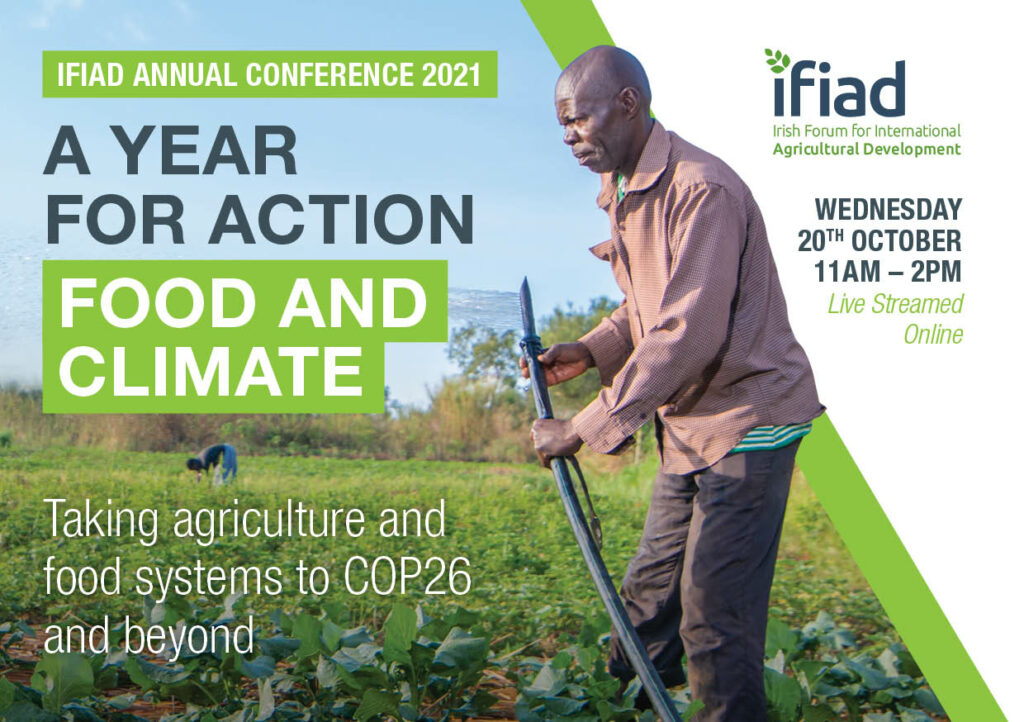
The frequency and severity of shocks is ever increasing as we continue to battle with the ongoing effects of climate change. These shocks are particularly devastating for already vulnerable communities, such as those living below the poverty line as well as those dependent on agriculture for their livelihoods. People in the humanitarian, disaster risk management and social protection sectors are working to improve systems to ensure that responses to emergencies can be more effective in helping the most vulnerable to adapt. Social protection is already being used to help those in poverty or in situations of crisis like illness or loss of employment. The challenge is to adapt these programmes to allow them to respond to shocks and disasters so that they can complement or even substitute current methods of emergency response.
This adaptation of existing social protection programmes and systems to cope with shocks is called “shock-responsive social protection”. This term is used to bring attention to shocks that affect large populations simultaneously (covariate shocks), such as drought. Covariate shocks can lead to loss of income or assets from say, the reduction of agricultural yield. These types of shocks, lead to an increase in demand for assistance, meaning that programmes need to have access to varying amounts of funds and resources depending on the scale of the shock.

Situations such as earthquakes, floods or conflict can disrupt services which can cause problems for social protection systems and the way that they function. Staff may not be able to get to work, payment infrastructure can be damaged, or funds could be diverted to somewhere of higher priority. Recipients may be displaced either internally or abroad, making them unable to reach the point in which they access their assistance, or they may lose identification documents. For social protection programmes to still be useful under these difficult circumstances, they must be prepared with contingency plans in place and be able to adjust their regular programmes when necessary. It is in these scenarios that shock-reponsive social protection is vital.
Some of the ways in which governments are working on this adaptation is by providing top ups to beneficiaries of social protection in times of crisis or by temporarily allowing new beneficiaries affected by disasters to benefit from assistance. Some humanitarian agencies temporarily put systems in place that can be absorbed by current social protection programmes once the disaster has passed. All social protection programmes can be altered to take the occurance of shocks into consideration. For example, by prioritising disaster prone areas, or adjusting the payment schedule of cash transfers to fit with seasonal vulnerabilities. However, these systems are only one part of the solution, many other forms of humanitarian aid will also be needed.
The social protection sector is eager to expand their skillset to make their programmes more responsive to shocks but this would require more sectors to collaborate. The disaster risk management sector has tools that could be helpful, such as early warning systems and vulnerability assessments. This strategic coordination between sectors is crucial for being more shock responsive and helping the most vulnerable.
Sources & further reading:
https://socialprotection.org/learn/glossary/shock-responsive-social-protection
European Commission. 2019. “Social Protection across the Humanitarian-Development Nexus. A Game Changer in Supporting People through Crises”. Tools and Methods Series No. 26. European Comission.












